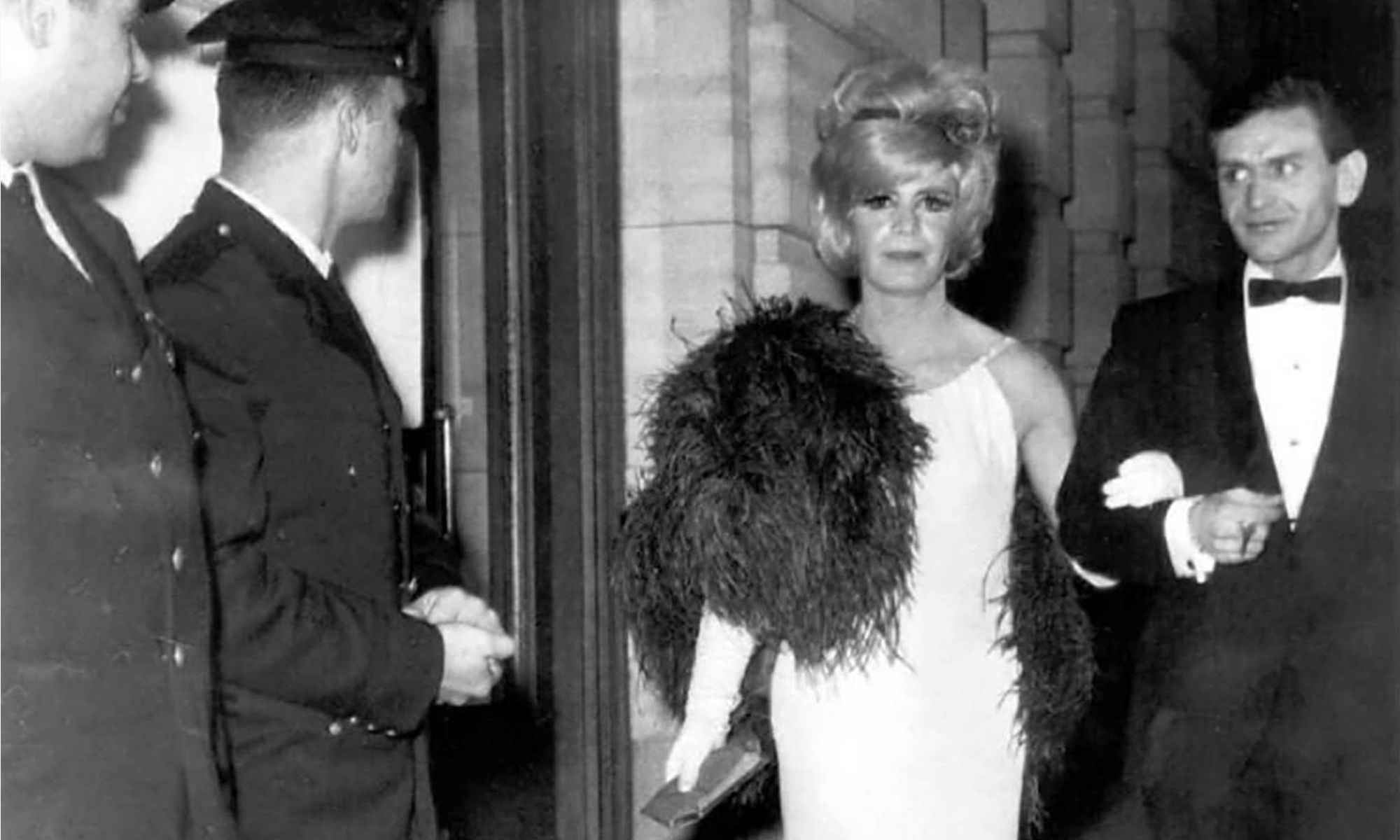Stonewall, still more than for years in the future, is credited for launching a national gay rights movement. In San Francisco, an earlier incident of police harassment and arrests launched a local gay rights movement that forever changed the face of the city. In December 1967, the Los Angeles Advocate credited the “unbelievably inept harassment of a big New Year’s Eve Ball a few years ago” for “triggering the homosexual resurgence, and the organizations were quick to capitalize on the police bungling.”
Earlier in 1964, Daughters of Bilitis founders Phyllis Lyon and Del Martin, together with Rev. Ted McIlvenna of Glide Memorial Methodist Church and several other Bay-area ministers, formed the Council on Religion and the Homosexual. CRH’s purpose was to educate religious communities about gay and lesbian issues and to enlist religious leaders in support of gay rights. CRH achieved two “firsts” as soon as it was born: it was the first organization in the U.S. to include the word “Homosexual” in its name, and it was the first to bring straight and gay people together to support the gay community.
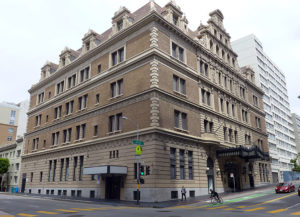
The first thing the new organization needed was a bank account. And the first thing that bank account needed was money. So CHR’s board settled on a New Year’s Day costume ball as its first fundraiser. It would serve three purposes. It raise some badly needed funds for the organization, it would introduce CHR to the gay community, and it would give gays and straights a chance to mingle, in costume (including drag), in neutral territory.
But organizing that first fundraiser gave those early straight allies a taste of the kind of discrimination gay people routinely experienced. The ministers at CRH first approached the Hilton Hotel to host the ball, but the Hilton found excuses for not renting a ballroom. Next, they tried the Jack Tar Hotel. But as soon as that hotel learned that CRH included homosexuals, management suddenly discovered that their ball room floors needed refinishing. CRH finally succeeded in renting California Hall for the day.
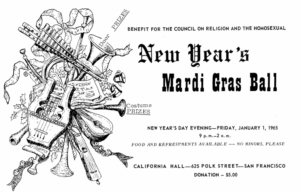
On December 23, a small group of ministers met with the San Francisco Police Department to inform them of the planned costume party. The meeting was uneventful. But afterwards, police apparently convinced the hall’s management to cancel the rental. When the hall’s manager called Rev. McIlvenna with the cancellation, McIlvenna threatened to sue for breach of contract. The hall’s management backed down.
CRH ministers met with SFPD again on December 29. This time, the ministers described the meeting as “strained.” Vice officers couldn’t understand why these men of the cloth were arguing on behalf of gay people. One officer noticed wedding bands on the ministers’ fingers. “We see you’re married,” he said. “How do your wives accept this?” Their wives, the ministers explained, would be there, and so would other straight members of their congregations. Police grilled them on their theology, and warned them that they were being “used” by local homophile organizations. Police also threatened mass arrests if the ministers went ahead with the ball.
On December 30, organizers met at the Mattachine office to discuss whether they should go ahead with the ball. Sometime during the meeting, two vice officers, Inspectors Rudolph Nieto and Richard Castro, just happened to show up. This is when things really started to get real. The officers liberally misquoted the law on cross-dressings and homosexuality, and they repeated their threat of mass arrests. They acknowledged they couldn’t “stamp out” homosexuality, but they vowed to “control it” because, they said, too many “normal people” were being “recruited.”
This seems to have stiffened CRH’s collective spine. The ministers reminded police that appearing in drag “absent a lewd intent” wasn’t against the law. And they warned that CRH was lawyered-up and ready to sue for false arrest if police carried through on their threat. The vice officers backed down, and the meeting eventually ended with a pledge that the police would not harass party-goers.
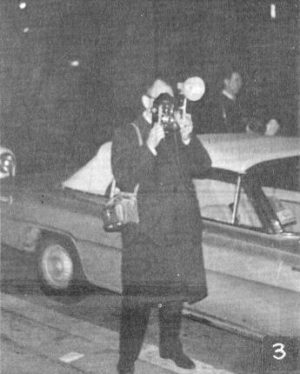
That promise quickly proved empty. As guests began arriving at 9:00 p.m. on New Year’s Day, they were met with about fifty police officers, several police cars, and three police photographers, including one with a movie camera. Guests endured a gauntlet of floodlights and cameramen as they entered the building. Only the more intrepid guests persevered. Many more saw the mayhem and drove away. Organizers had sold 1,500 tickets, but only about 600 brave souls showed up, including a couple dozen clergymen and their wives. Herbert Donaldson, a CRH lawyer, said later, “By God, I say one has to admire the guts of the people who were just arriving, who just walked in with all the spotlights, photographers, the uniformed police, the paddy wagon…”
Later that evening, Inspectors Nieto and Castro demanded entry into the building. Two CRH lawyers, Evander Smith and Donaldson, explained that the ball was a private party under California law and that police could’t enter without a ticket or showing a warrant. Nieto ordered their arrest. Another lawyer, Elliot Leighton, picked up where Smith and Donaldson left off, and police promptly arrested him, too. Police also arrested Nancy May, the ticket-taker, when she asked to see their identification. All were charged with obstructing an officer. Later that night, two men were arrested for “lewd conduct” after one of them nervously tripped over a chair. Police accused them of trying to kiss each other.
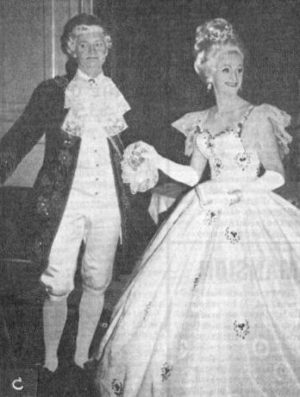
Throughout the night, police repeatedly entered the hall to conduct “fire code inspections.” The ball was scheduled to last until 2:00 a.m., but organizers decided to end it an hour earlier. Their next job was to get their guests safely out of the building. Police threatened one minister with arrest while he escorted two guests to their car.
For many of the straight attendees, this was their first exposure to routine police intimidation tactics against the gay community. Del Martin said, “This is the type of police activity that homosexuals know well, but heretofore the police had never played their hand before Mr. Average Citizen … It was always the testimony of the police officer versus the homosexual, and the homosexual, fearing publicity and knowing the odds were against him, succumbed. But in this instance the police overplay their part.”
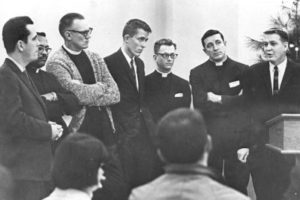
Seven of the ministers who had attended the party held a press conference the next morning at Glide Memorial Methodist Church. They described the meetings with police before the ball, the negotiations, and the “intimidation, broken promises and obvious hostility” of the night before. Meanwhile, the American Civil Liberties Union agreed to represent those under arrest.
San Francisco citizens had complained about police intimidation and harassment before. But those citizens were homosexuals and other minorities, so complaints typically fell on deaf ears. But this time, the complaints came from white ministers from several prominent Bay Area churches, and the press and general public took those complaints seriously. As the Mattachine Society’s Hal Call recalled, “That was when we got newspapers, TV, and radio on our side. The police were so brutal. And with some respectable clergymen on our side, that was a turning point.”
The resulting public outcry united gays and straights in the city like never before. Letters to editors of the city’s newspapers ran about 12-to-1 in protesting the police action. One letter to the editor compared the raid to southern police departments’ “determination to terrorize the colored minority group.” Several decried the presence of police photographers and questioned how the police department planned to use the photos. Phyllis Lyon said that the public response was “our first step into some kind of connectedness with the rest of the city.”
When the three lawyers’ trial began on February 8, the police department was still trying to figure out the legal basis for their actions. The story they settled on was this: CRH had a temporary event license to sell liquor, and the police were there to make sure there were no liquor law violations. It apparently required some fifty uniformed and plain-clothed officers to do this. Nieto was asked why police were taking pictures of guests arriving at the ball (and even taking pictures of people inside their cars) when the supposed liquor law violations would be talking place inside the hall. He testified that police “wanted pictures of these people because some of them might be connected to national security.”
Nieto also denied planning a mass arrest — “we went just to inspect the premises.” But under cross examination, he admitted to personally preparing fifty numbered cards to be used while photographing people after they were arrested. After four days of testimony, the prosecution rested. The judge feigned surprise. “I’ve been thinking that if I sat here long enough, I would find out what the case you have is. Now what case are you talking about? You have presented no case.” The defense asked for a directed verdict. The judge agreed: “It’s useless to waste everybody’s time following this to its finale.” He directed the jury to return with a “not guilty” verdict.
The jury returned in twenty minutes with its acquittal. The judge asked, “What took you so long?” The foreperson answered, “Well, you told us we had to elect a foreman, didn’t you? Well, it took us fifteen minutes.”
One of the lawyers arrested, Herb Donaldson, would go on to become San Francisco’s first openly gay judge.
Periscope:
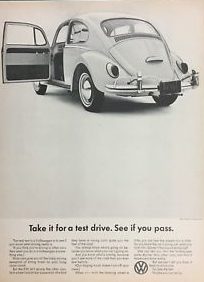
Headlines for January 1, 1965: Battle of Bình Giã in South Vietnam results in four U.S. servicemen killed, the largest losses to date.Indonesia to withdraw from the UN. President Johnson orders investigation of steel price hikes. Dr Martin Luther King plans registration drive in Selma.
On the radio: “I Feel Fine” by the Beatles, “Come See About Me” by the Supremes, “Mr. Lonely” by Bobby Vinton, “She’s a Woman” by the Beatles, “Love Potion Number Nine” by the Searchers, “Goin’ Out of My Head” by Little Anthony and the Imperials, “She’s Not There” by the Zombies, “Amen” by the Impressions, “The Jerk” by the Larks, “The Wedding” by Julie Rogers, “Downtown” by Petula Clark.
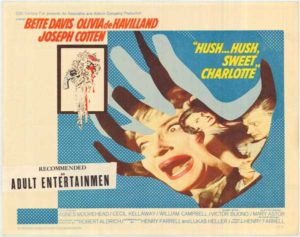
On television: Bonanza (NBC), Bewitched (ABC), Gomer Pyle, U.S.M.C. (CBS), The Andy Griffith Show (CBS), The Fugitive (ABC), The Red Skelton Hour (CBS), The Dick Van Dyke Show (CBS), The Lucy Show (CBS), Peyton Place (ABC), Gilligan’s Island (CBS), The Munsters (CBS), My Three Sons (ABC), Lassie (CBS), Beverly Hillbillies (CBS), Flipper (NBC).
New York Times best seller: Herzog by Saul Bellow.
Sources:
“After the Ball Was Over… What Really Happened.” Mattachine Review 11, no. 1 (January-February, 1965): 8-9.
“Cops Invade Homosexual Benefit Ball.” San Francisco Chronicle (January 2, 1965): 12.
“Cross currents.” The Ladder 9, no. 9 (June 1965): 14-16.
Editorial: “Politics by the Bay.” Los Angeles Advocate 1, no. 4 (December 1967): 6
“Exhibit: The Council on Religion and the Homosexual.” LGBT Religious Archives Network (Retrieved January 29, 2018).
“Strumpet’s Gall.” Town Talk 1, no. 8 (January 1965): 1-2.
Edward Alwood. Straight News: Gays, Lesbians and the News Media (New York: Columbia University Press, 1996): 40.
Robert Warren Cromey. “New Year’s Benefit Ball in San Francisco.” Cromey Online (July 14, 2010, retrieved January 29, 2018).
Frank Fitch. “Remember California Hall.” Vector 9. no. 3 (February 1973): 32-35.
Marcia M. Gallo. Different Daughters: A History of the Daughters of Bilitis and the Rise of the Lesbian Rights Movement (Emeryville, CA: Seal Press, 2007): 105-108.
Guy Straight. “The Ball & After.” Citizen News 4, no. 7 (January 20, 1965): 1-3, 10.
Kay Tobin. “After the ball…” The Ladder 9, no. 5 (February 1965): 4-5.
![[Emphasis Mine]](http://jimburroway.com/wp-content/uploads/2018/01/quiltmall.jpg)
